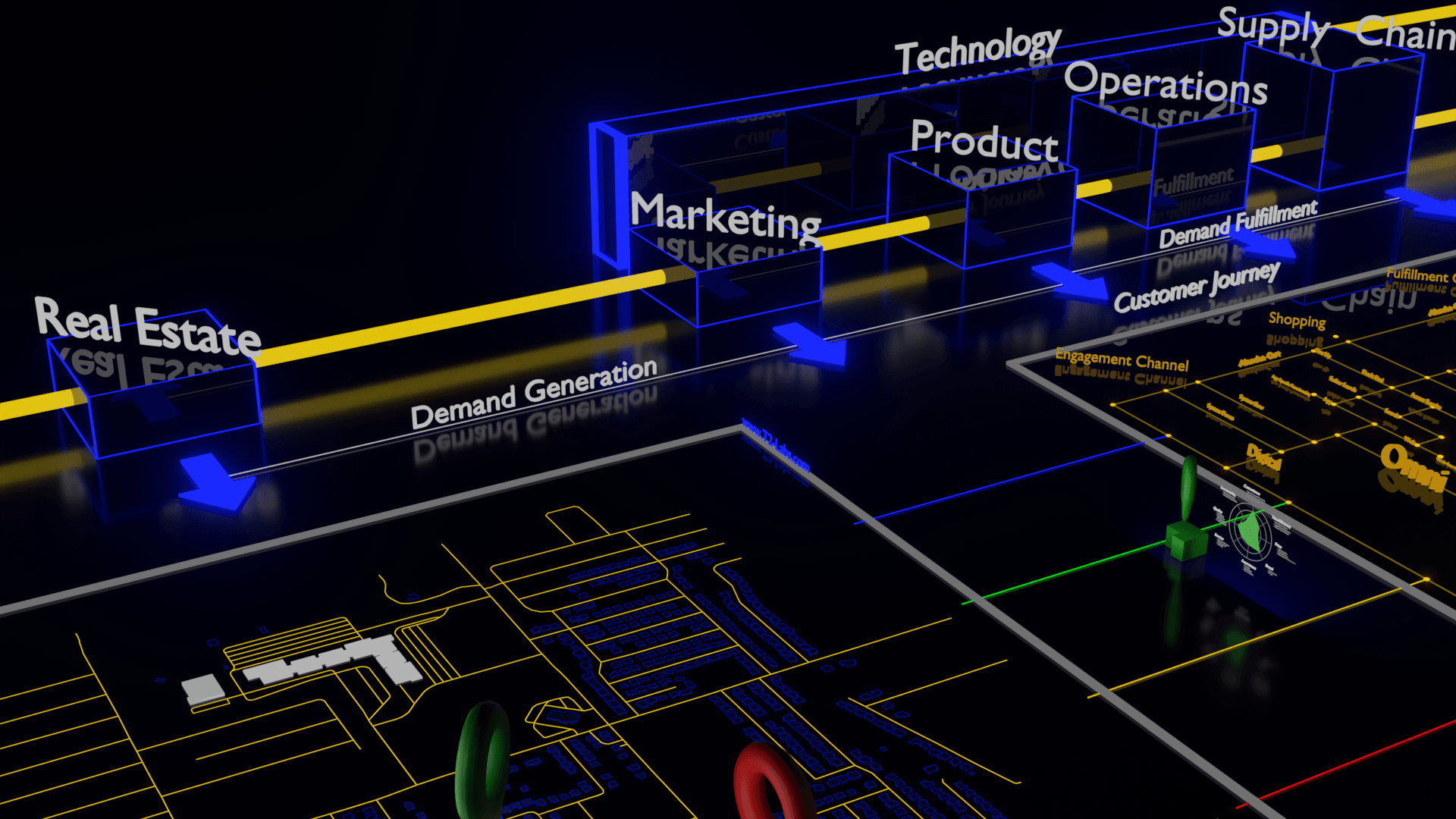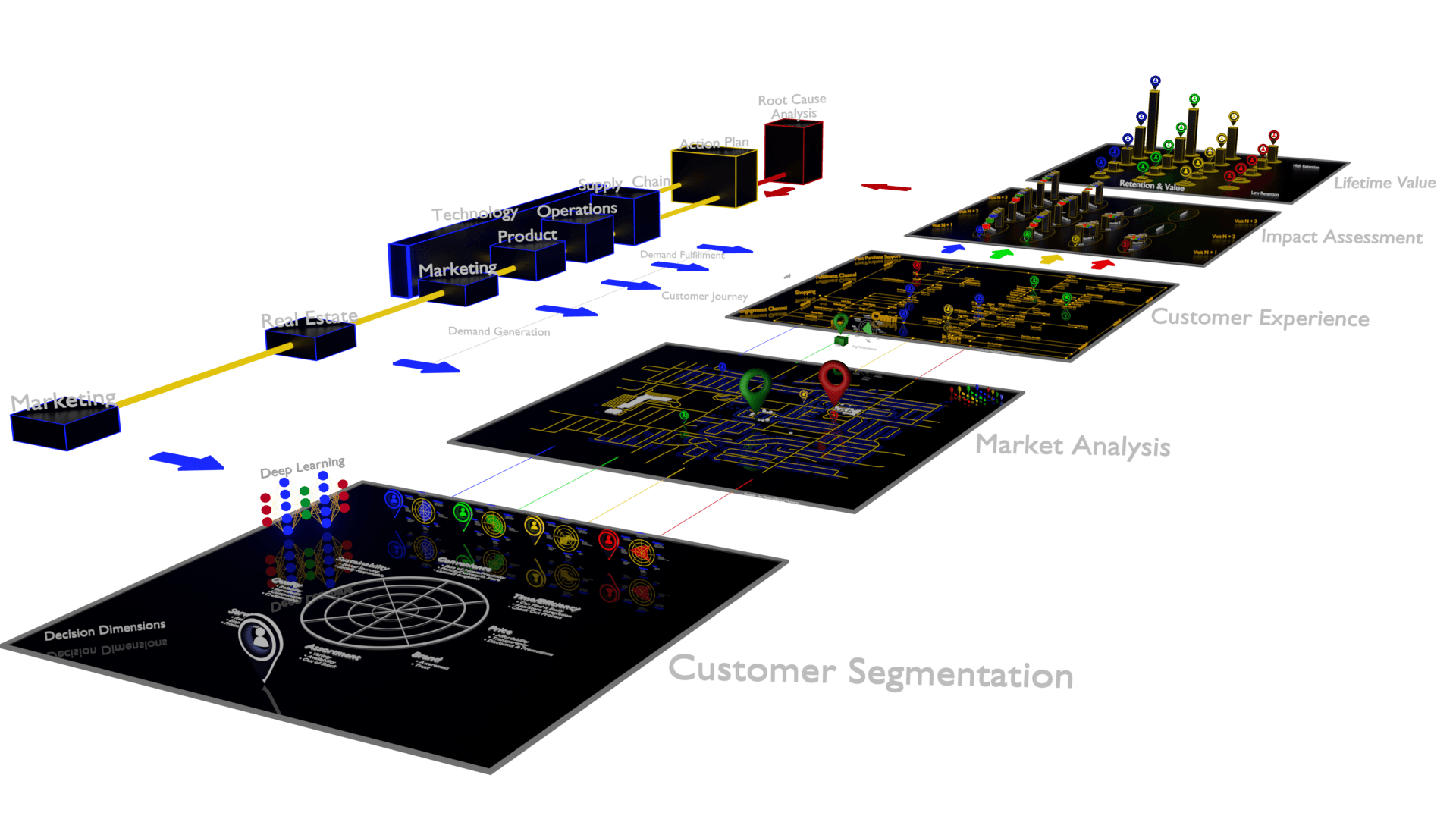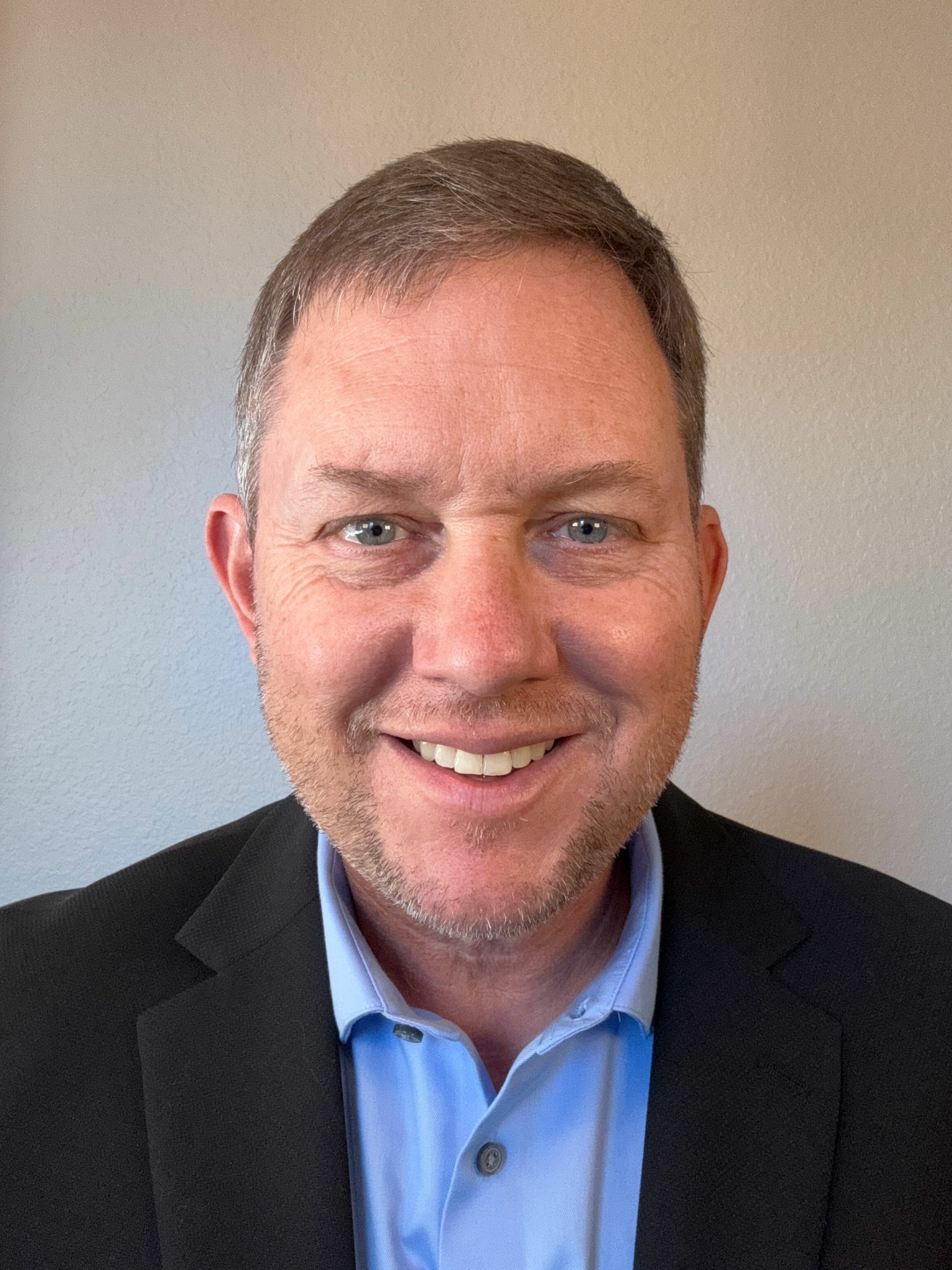We caught up with the brilliant and insightful Tycho Ferrigni a few weeks ago and have shared our conversation below.
Tycho, appreciate you joining us today. Can you tell us about an important lesson you learned while working at a prior job?
I’ve been doing this for quite a while, and as you get older, the list of lessons learned just keeps growing. I don’t think I could point to just one lesson — there have been many — but one that stands out above the rest is the power of relationships across the team. When people work well together as a collective group, they can move mountains.
At its core, a business is simply a collection of people coming together to deliver for the customer. And I believe that almost everyone — like 99.9% of people — genuinely wants to do the right thing. They want customers to be happy. They bring passion and energy to make that happen.
Along the passion and energy lines, there’s a show on Hulu called The Bear that captures this dynamic beautifully. It’s about a small restaurant in Chicago that has a relentless focus on delivering for its customers. Over the first two seasons, you see the team go through all the stages of growth — storming, forming, norming, performing — and by season three, each team member is giving everything they’ve got. They’re investing in themselves and each other to get better. And yet, even with all that effort, sometimes it still isn’t enough.
Why? Because when individual effort is high but relationships/orchestration is weak, gaps appear. Customers feel those gaps. You can have all the skill, intent, and energy in the world, but if coordination and communication across team(s) aren’t strong, things can fall short. It can be soul-crushing to give your all for a customer and still have the overall experience not meet expectations because the broader team wasn’t aligned.
So, the most important lesson for me has been this: to deliver for the customer, you must build strong relationships across the entire company ecosystem to work as team. Everyone needs to understand their role, communicate openly, and stay connected. When that happens — when the whole organization moves as one — that’s when the magic happens. And it’s a lot of fun, too.
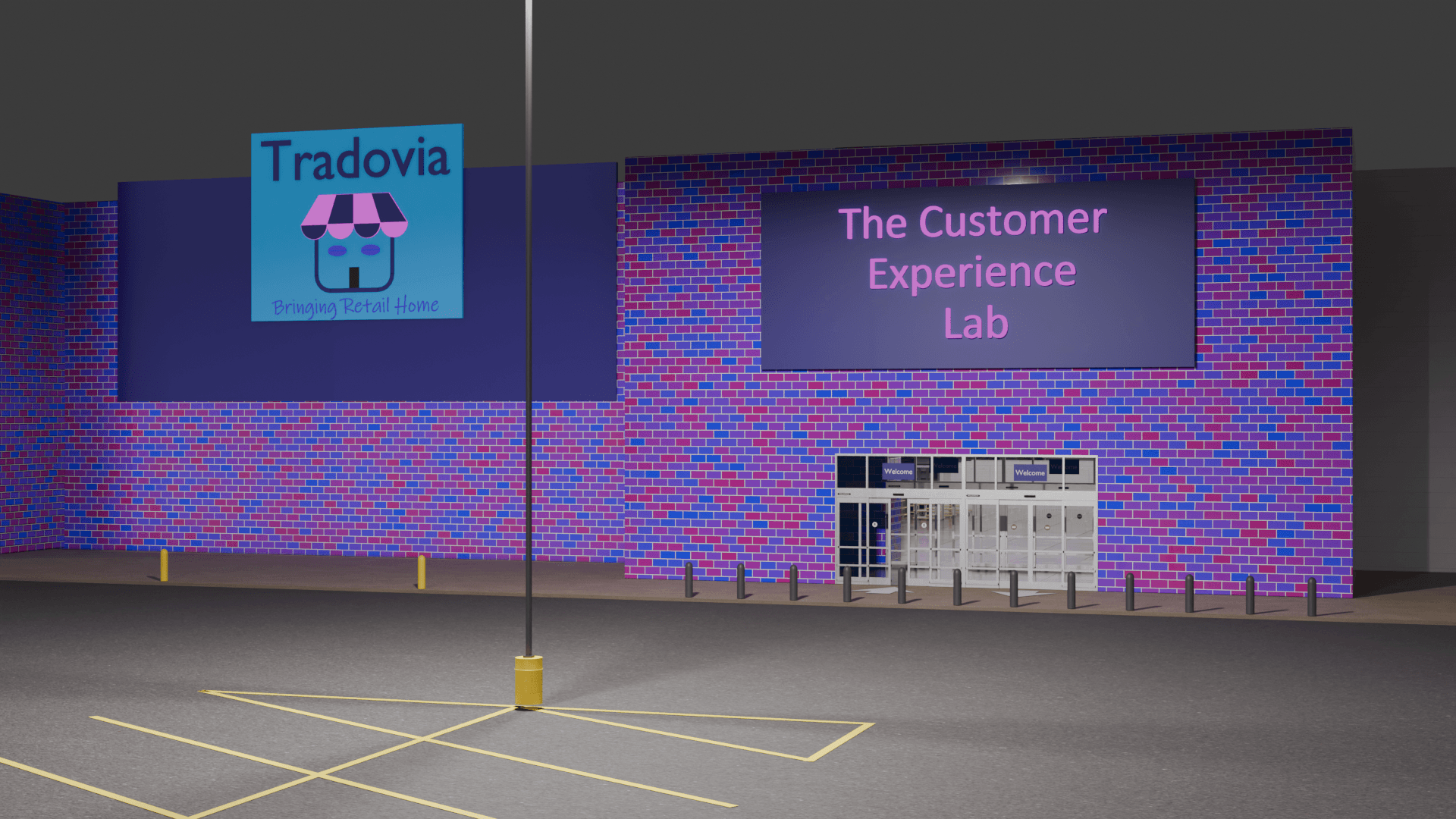
Tycho, love having you share your insights with us. Before we ask you more questions, maybe you can take a moment to introduce yourself to our readers who might have missed our earlier conversations?
I’ve spent most of my career in retail, with experience across agriculture, retail banking, consumer packaged goods, and most recently, Walmart. I love retail — especially thinking about customers and their experiences.
When I was with Walmart, the old home office had a hallway next to vendor row that was lined with glass infographics of Walmart’s expansion in the US over the decades. Each store was represented as an orange dot and the number of dots on each sign increased as each decade rolled on. Now, the expansion was not even across the US but clustered together. Sam Walton would often fly over potential sites himself, looking for locations near existing distribution centers to maximize efficiency. This way he could drive his costs down by fully utilizing his distribution centers.
A side effect of this expansion strategy was that he created a store network that generated a lot of convenience for people in rural and suburban areas. Customers did not have to travel very far to get to a Walmart. So not only was he watching his cost function closely, he was (un?)intentionally creating a store network that would compete strongly with any other competitors in the geography.
Meanwhile, Amazon was taking a completely different approach. While Walmart built out physical infrastructure, Amazon invested in digital assets and fulfillment centers to deliver products directly to customers’ doors. These two retail giants took opposite paths toward the same goal: serving the customer better.
Today, customers want convenience across both physical and digital channels. Retailers are racing to meet those expectations, creating new service models, workflows, and roles for their associates. But with all this change, it’s often difficult to see how operational decisions truly affect the customer experience.
That’s where we come in. Our work focuses on helping retailers understand the customer’s journey through their organization — identifying what’s working, what’s not, and how changes ripple across both digital and physical experiences. Using data, simulation/digital twins, we can help companies test different designs, staffing models, and workflows to see how they impact customer satisfaction and business outcomes.
For example, adding curbside pickup might sound like a win for retention — and it can be — but if customers end up waiting 45 minutes in the parking lot, that retention benefit flips to an increased attrition risk. We help businesses uncover those friction points, so they can design experiences that truly meet customer expectations.
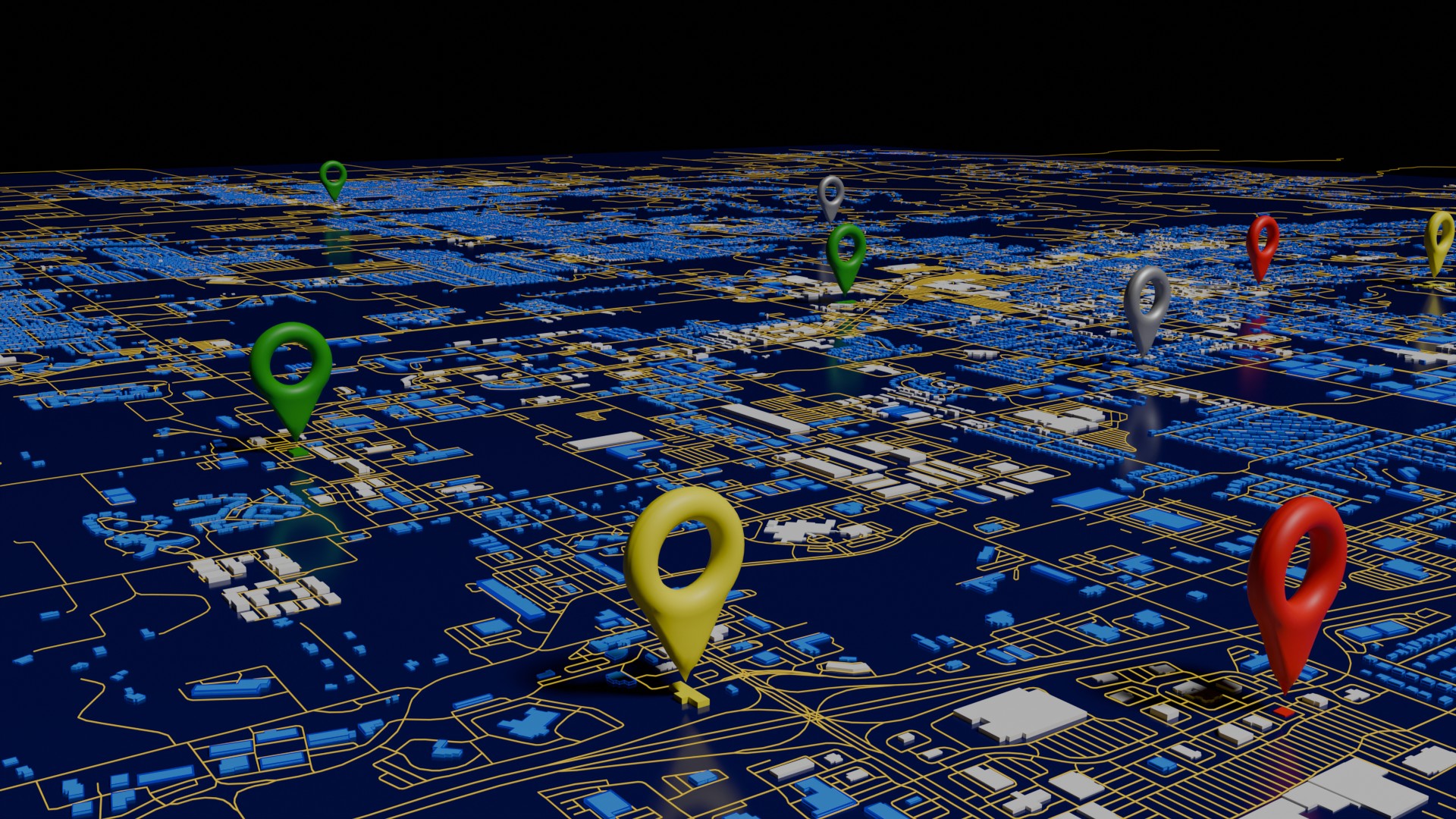
Do you have any insights you can share related to maintaining high team morale?
When it comes to managing teams, I focus on a few core principles.
First, leaders must clearly and simply define what success looks like. It sounds simple, but without clarity, even the most talented teams can spin their wheels and lose momentum.
Next, once everyone knows what success looks like, organize the team around delivery. When everyone is aligned and working toward the same goal in a coordinated, synergistic way, your odds of success increase dramatically.
Third, remember that leadership is part of the team — not separate from it. Your success and the team’s success are intertwined. When they win, you win. Teams need to know this.
Finally, celebrate the victories. Recognize effort, express appreciation, and make people feel seen. When people feel valued and know their contributions matter, morale stays high and performance follows.
If you can set clear goals, organize around them, work together as one, and celebrate along the way, your teams will thrive.
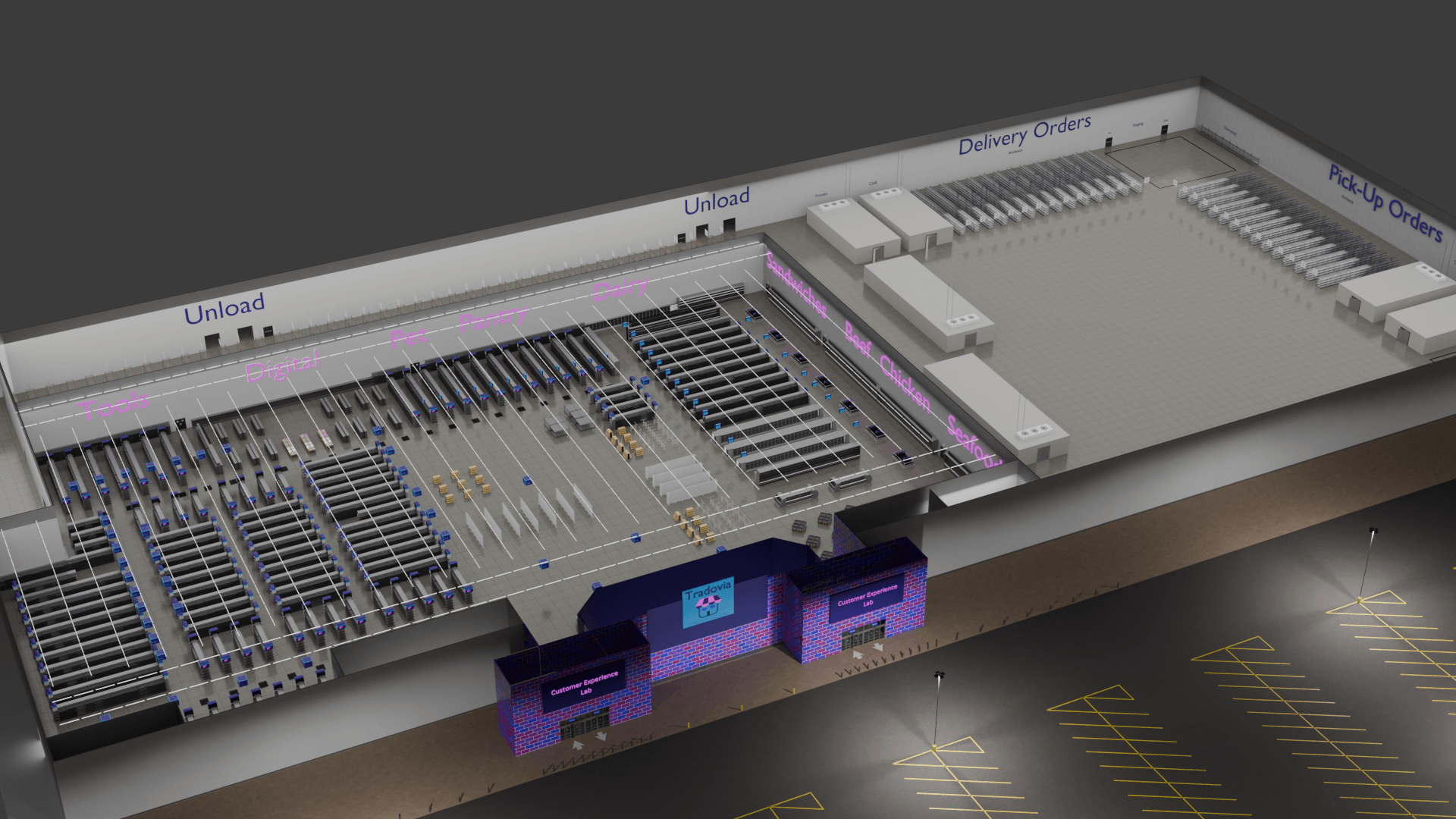
Are there any books, videos, essays or other resources that have significantly impacted your management and entrepreneurial thinking and philosophy?
One book that’s had a lasting impact on me is The Loyalty Effect by Frederick F. Reichheld. It’s about 30 years old and I think its lessons are still relevant today. Reichheld does a fantastic job explaining how loyalty — both customer and employee — drives long-term profitability.
If you believe that business is really about people, this book offers powerful examples of how creating lasting relationships/retention translate into better outcomes. The concept of the Net Promoter Score (NPS) remains one of the best tools for understanding where companies are winning and where they’re falling short. When you combine NPS with other data (survey/product/operational telemetry data) you can quickly identify where friction exists in your system and quantify its impact.
Contact Info:
- Website: https://t2-labs.ai/
- Linkedin: https://www.linkedin.com/company/t2-labs

